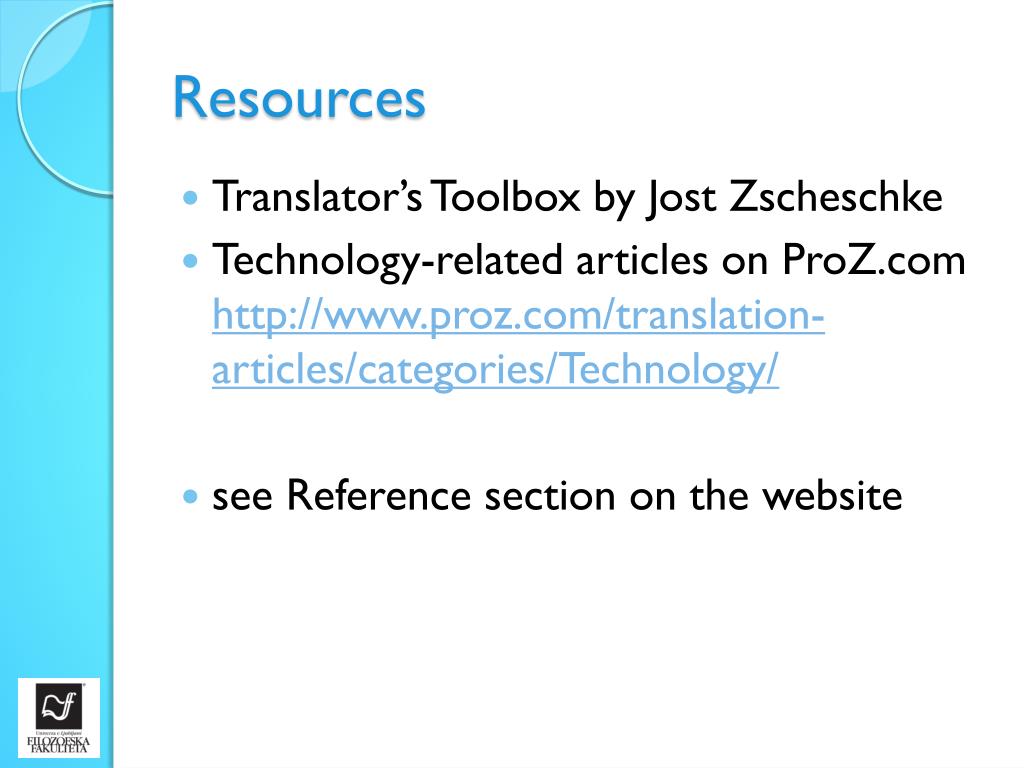
The Translation Tab in memoQ 2014 has been revamped to better display the most important information. It would be interested to follow how this concept is received and used by memoQ users. Having two TMs can be useful, for example, for sharing only the project-specific TM without having to extract the relevant entries from a larger TM or for using the Working TM as a buffer that can be edited and manipulated as needed without affecting and cluttering the Master TM, but if the experience of SDL Studio – that introduced a similar concept (Main and Project TMs) – is any indication, this separation can also create a great deal of confusion. The Master TM is used for pre-translation and as a reference, while the Working TM stores all the confirmed segments in that specific project.

The new Automated Actions options in memoQ 2014Īnother new concept under the project template framework is the introduction of two separate translation memories: The Master and Working TMs.
#TRADOS VS OMEGAT WINDOWS#
The new project template creation windows in memoQ 2014įurthermore, the project template feature introduced a new setting – Automated Actions – that can be used to setup certain automated actions that will take place during project creation, file importing, and wrap up.Ī project template with automated actions offers a great deal of flexibility, and it can be as minimal or elaborate as needed. To be honest, I would have probably felt restricted in memoQ without this newly added feature. SDL Studio 2009 has introduced a similar concept, and over the years I grew to relay on project templates more than I have initially expected. project-related settings) when manually creating the same project time and again, nor to maintain container projects. There is no longer a need to reattach the same translation resources (TMs, Termbases, LiveDocs corpa) and other light resources (i.e. Project templates automate the project creation process for recurring or running projects. This is arguably the most significant addition in terms of workflow. MenoQ 2014 is a major release that introduced many (according to Kilgray more than 70) new features and improvements, so I thought to start by going over those I think are most significant. Note that metadata (such as customized fields in TMs or Termbases) that is not part of the standardized formats specification might be lost in the process, but for me it wasn’t a big issue because I try to keep my data structure as simple and universal as possible. I previously wrote about TEnTs interoperability, and because both SDL Studio and memoQ support standardized file formats for data exchange, I knew that this isn’t going to be a problem. The definition of ‘better’ always depends on personal preference, needs, and circumstances.Ĭoming from SDL Studio, the first thing I had to do was migrate some of my translation memories and termbases. I’m also not trying to determine whether memoQ is better or not compared to SDL Studio or any other TEnT, not least because I don’t believe in such a universal determination. MemoQ, SDL Studio, and most other TEnTs share the same basic concepts and workflow, which will not be covered in this post. Instead, I decided to do a more general review of memoQ, starting with some of the major new features in memoQ 2014, continuing with some general features and approaches I like in memoQ, and concluding with my brief impression of memoQ 2014 after about three months of using it as my main production environment. Her comparison is a compulsory reading for anyone interested to learn about the similarities and differences between memoQ 2014 and SDL Studio 2014. Previously I only had very brief and superficial experience with older versions of memoQ, so when memoQ 2014 was released on June 2014, I was excited to take the opportunity and test it for a few months as my main production environment.īeing a relatively experienced user of Studio 2014, my original plan was to point out the similarities and differences in features and approach between the two TEnTs, but Emma Goldsmith had a similar idea and compiled an exhaustive side-by-side comparison of memoQ 2014 and SDL Trados 2014, doing a much better job than I ever could.

In recent years memoQ has gradually risen to be one of the major commercial TEnTs (Translation Environment Tools) available on the market. I’m always grateful for opportunities to learn about new and different approaches and tools.

Readers of this blog and those who might have stumbled upon some of my occasional posts on the subject in social media know that translation supporting technology and workflows are areas I take a special interest in.


 0 kommentar(er)
0 kommentar(er)
